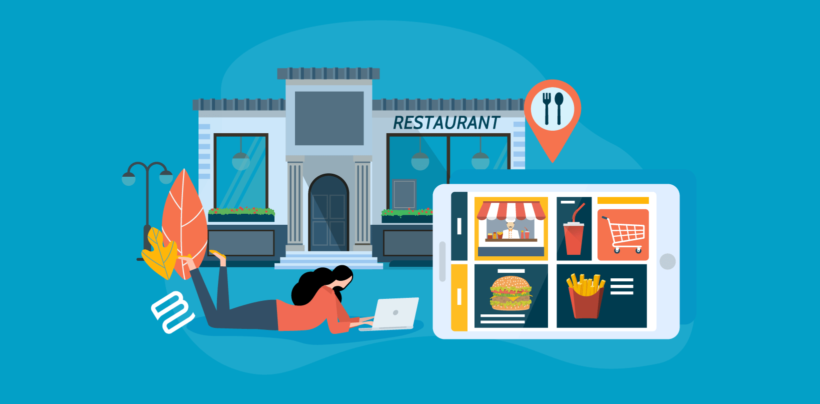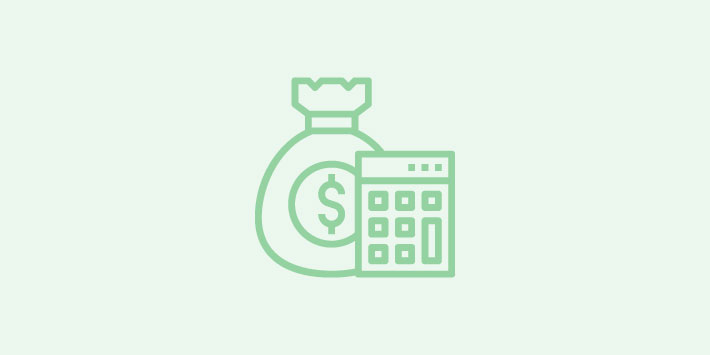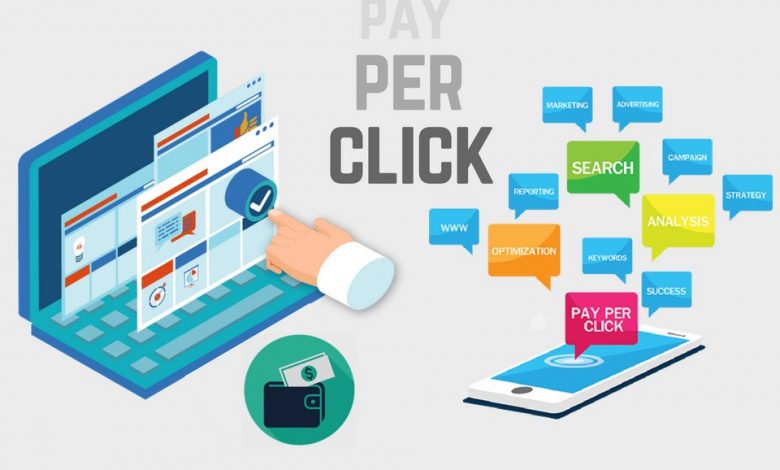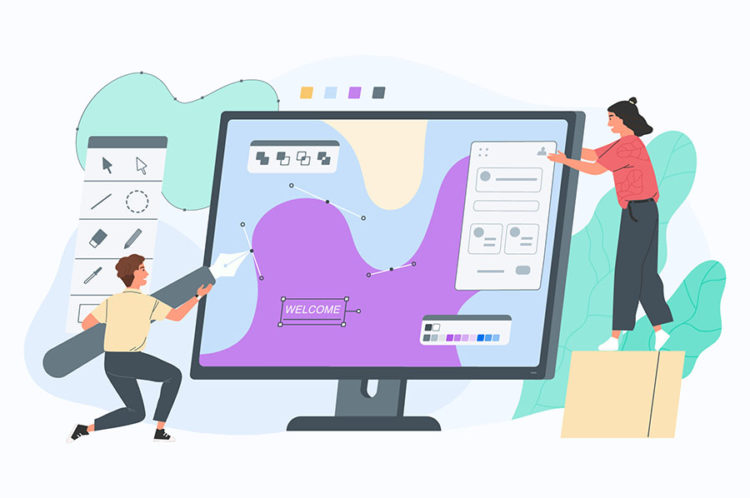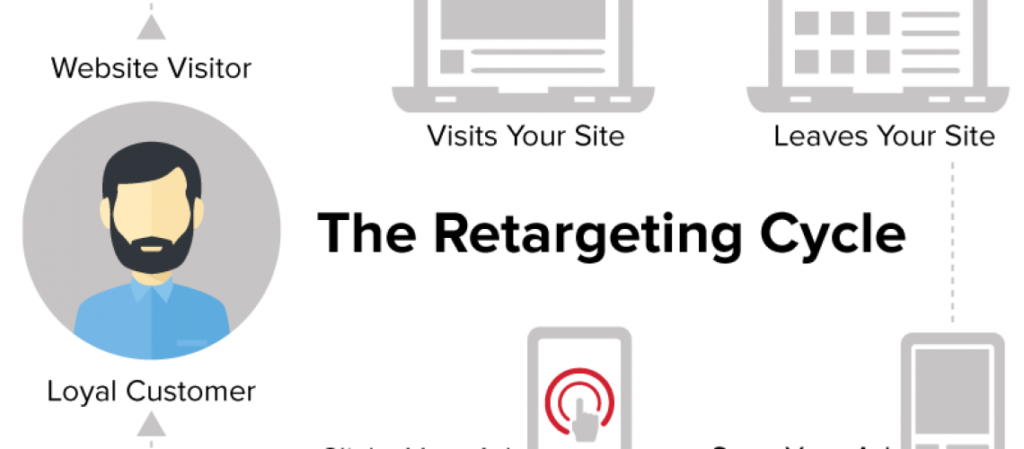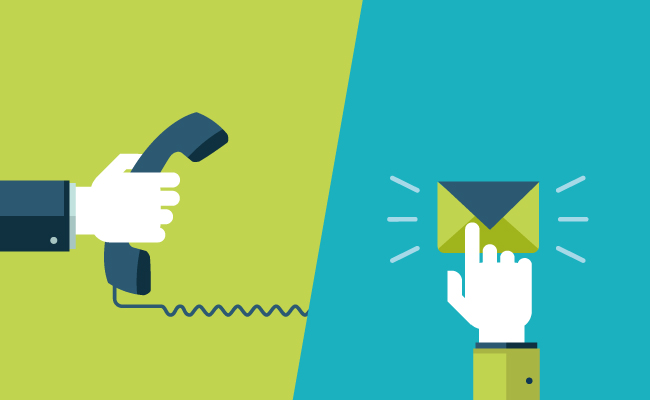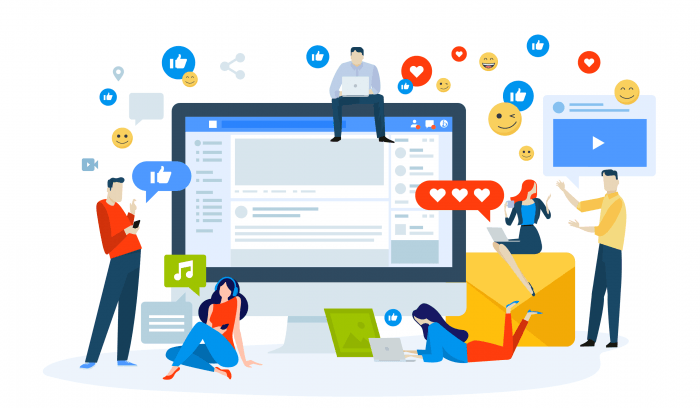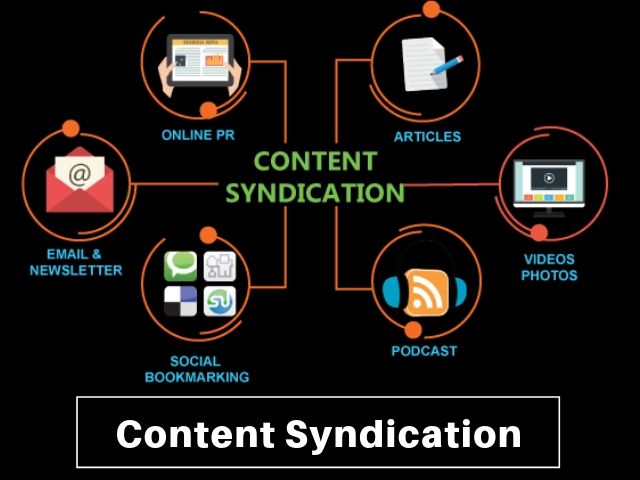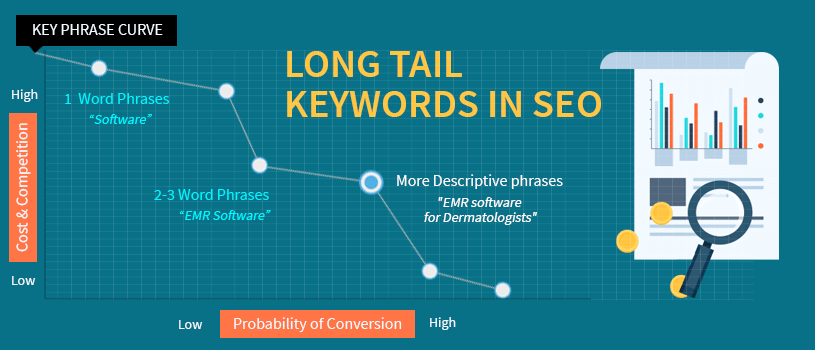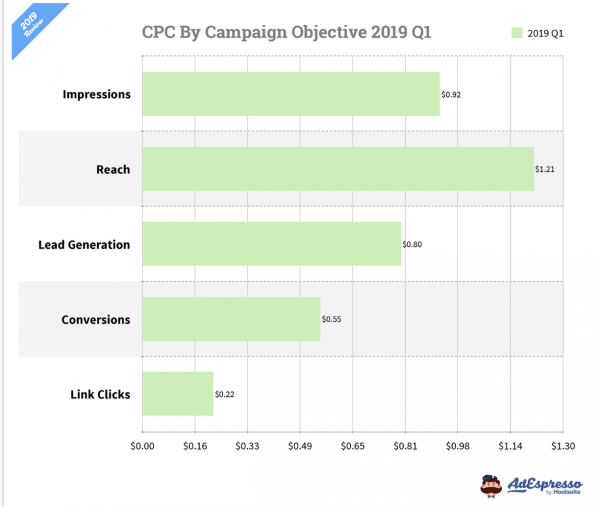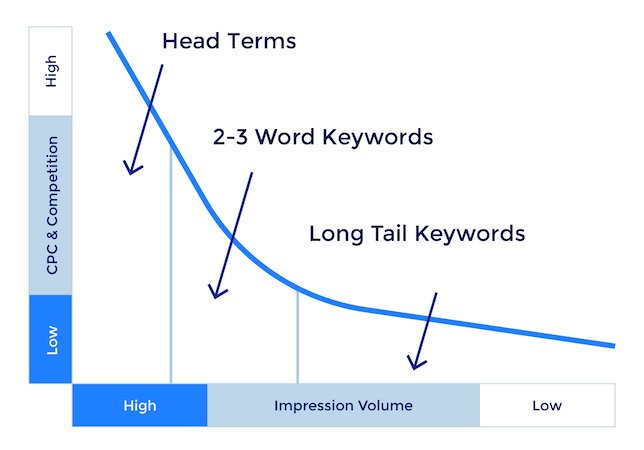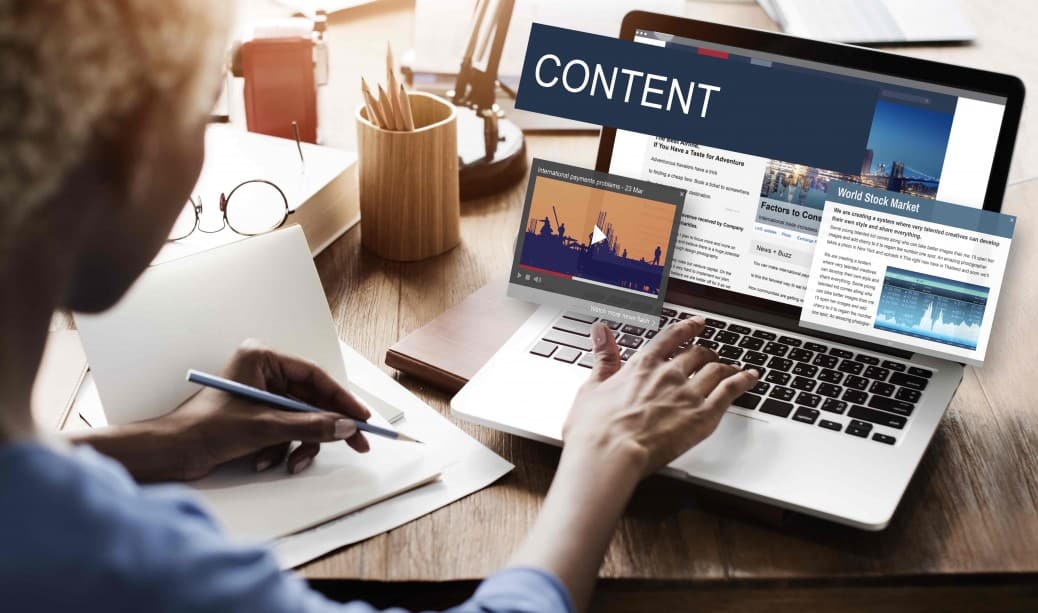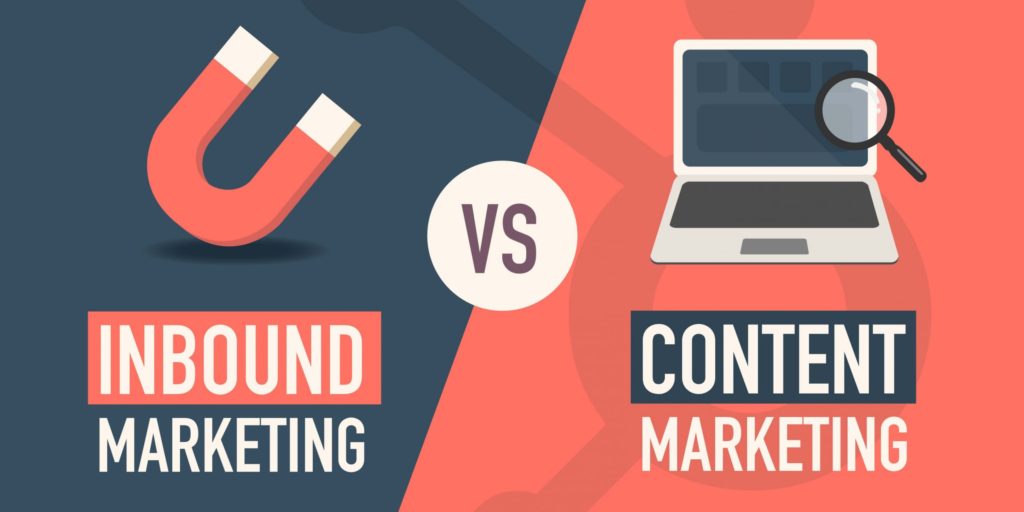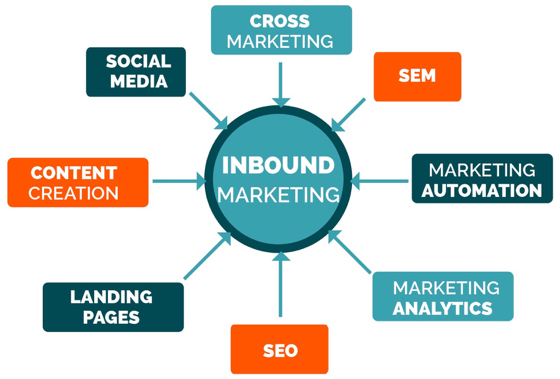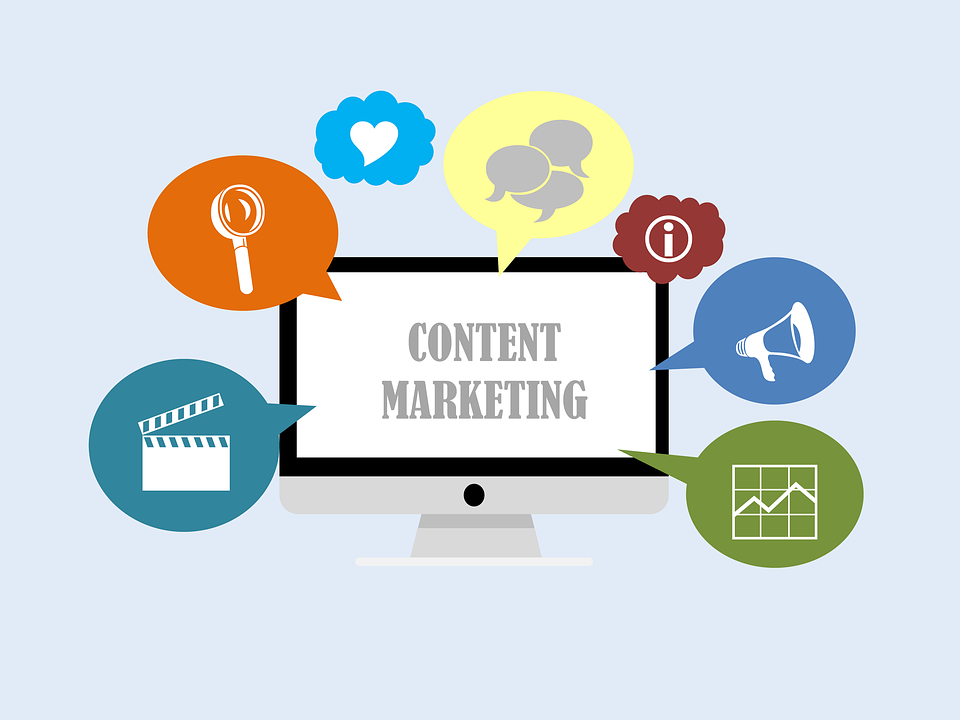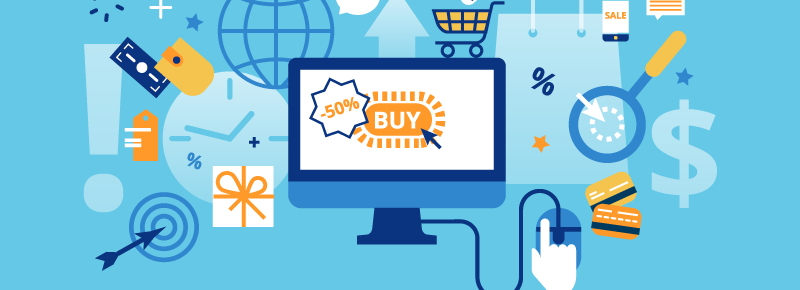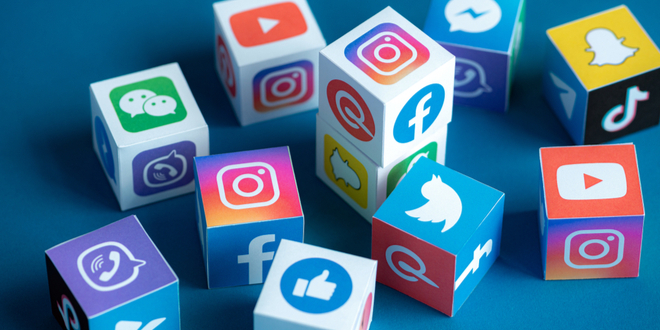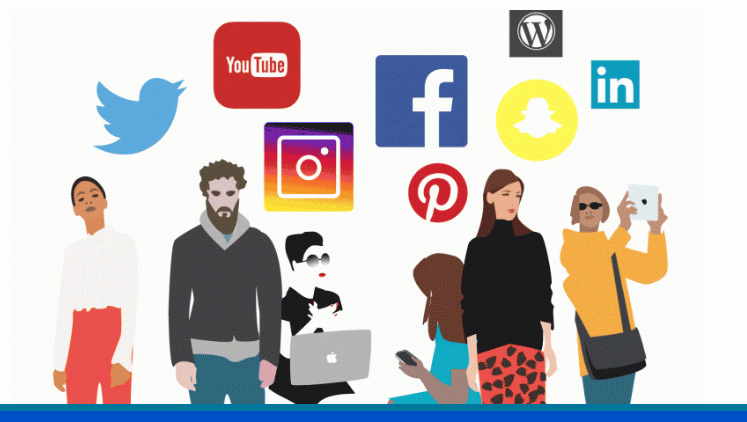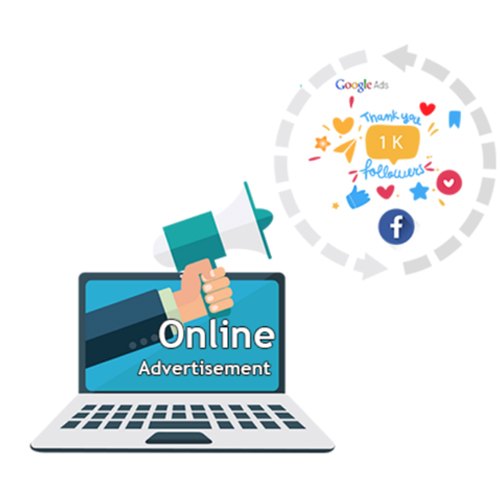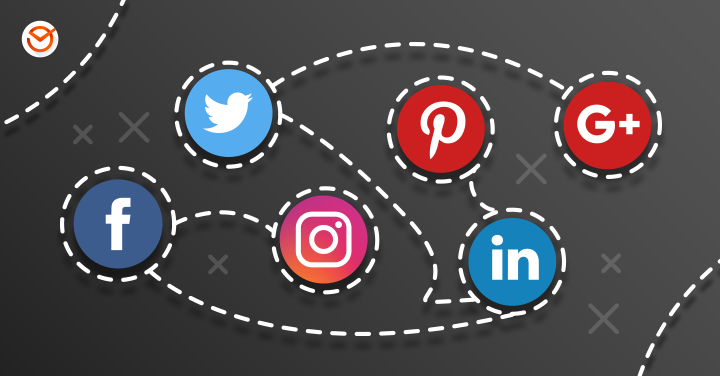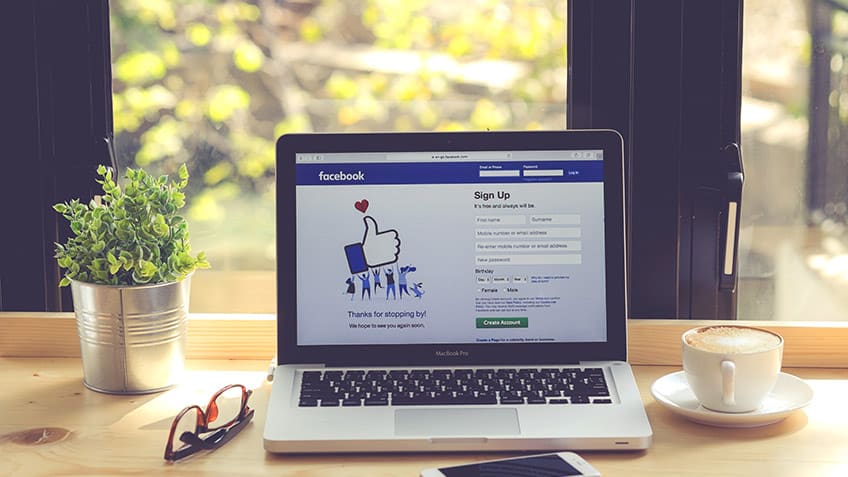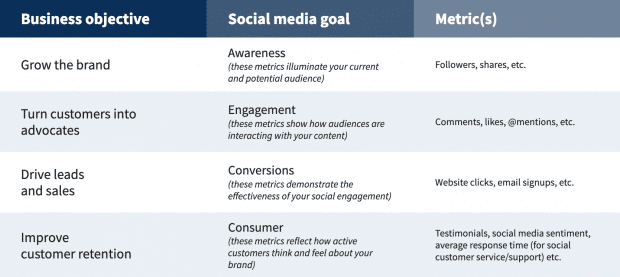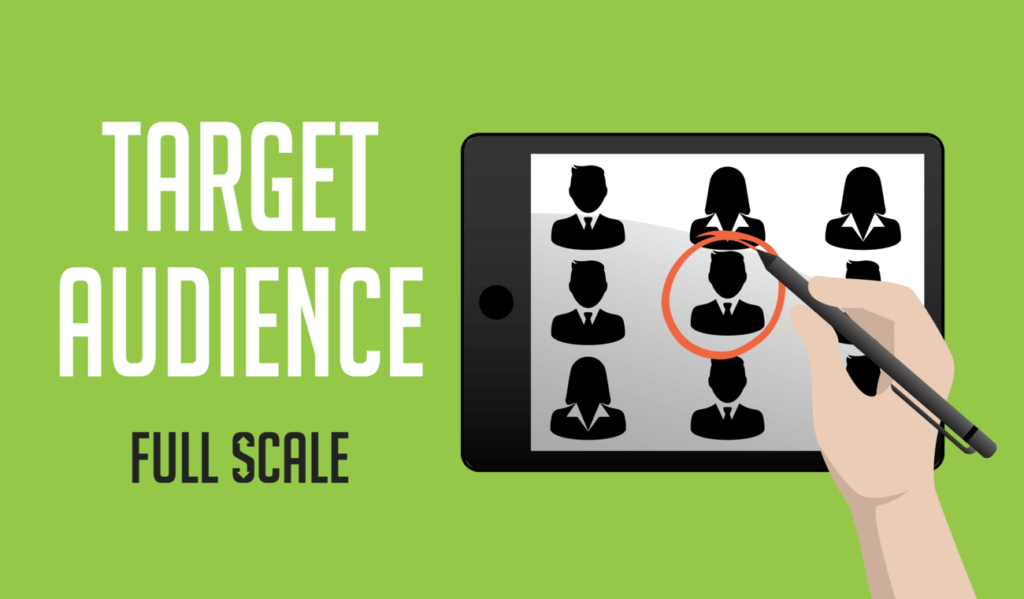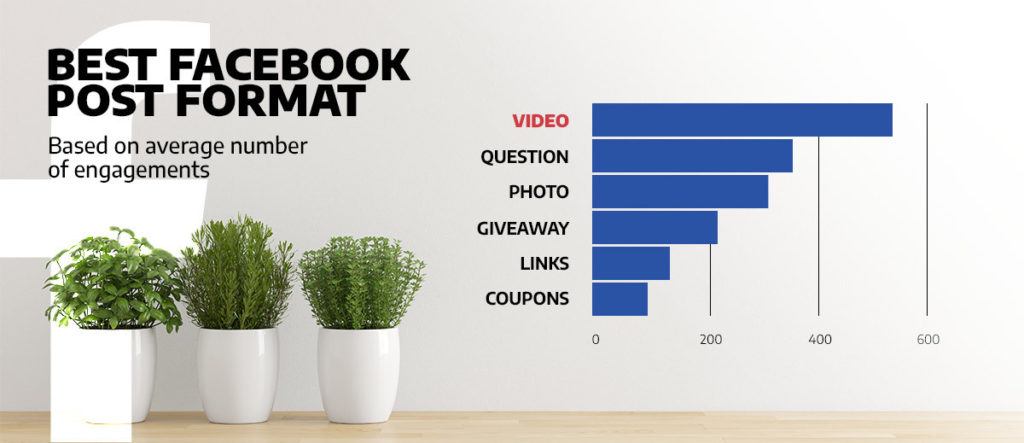
A Highlight of Effective Marketing Tips for Restaurants
As the Restaurant Industry continues to recover ever since the worst Pandemic in generations took the global economy to a downturn, competition among restaurants continues to grow more intense. As a result, the said owners are now facing an ever-challenging time in their business.
In this article, we will be highlighting four Effective Marketing Tips that you can use for your Restaurant.
But before anything else, you must be wondering…
What is Restaurant Marketing?
Restaurant marketing is integral to building your business from scratch to a full-seat capacity of regulars. It stands as one of the most significant movements behind a thriving business by gaining their attention and building a stronger connection with them.
or,
Why do you need marketing tips for your Restaurants?
Restaurant visitors have recently adapted to the new safety protocols due to the COVID-19 pandemic, making it more challenging to compete with other restaurants that have successfully mastered and adapted operations that guarantee a safe and sanitized dining experience.
Let’s be honest. Restaurant marketing is so crucial; it’s an undeniable fact. And the COVID-19 Pandemic even made it more impossible to make a business profitable without having a detailed list of marketing strategies to help you find new customers.
Making the best out of your Restaurant doesn’t just happen by chance, but by finding effective ways to improve!
Let us walk you through the four Effective Marketing Tips that you can apply to your Restaurant
First, Going Online
People spend about 153 minutes per day on social media, so learning to adapt digitally by building your business with an excellent social media presence can conveniently help you connect with your customers.
- Harness Social Media – Using influential social media platforms like Facebook and Instagram can help you reach your targeted audiences and help you promote your food online.
- Make Them Hungry – Post appetizing content on your social media platforms, such as a photo of your food that looks mouthwatering and aesthetically pleasing, to increase your sales and attract new visitors that can turn into customers.
- Step Up Your A- Game – Keep up with different kinds of food trends and create seasonal promotions on the holidays to set you apart from the competition.
Second, Step up your Restaurant by Setting up a Website
Setting up a website for your Restaurant gives your brand credibility and legitimacy. It’s also a way to make your Restaurant visible and easy to find.
- Perfect Brand Storytelling Platform – Having a well-developed Restaurant website gives your restaurant the perfect platform to tell your story. You control the overall image of your restaurant and continue to build equity.
- Complete Information Gateway – You can provide easy access to pieces of information about your food menus and recipes in the most convenient way.
- Google Ads Ready – A website is integral, especially when executing an omni-channel strategy. As offline marketing is more costly, with digital, you can utilize your budget with more control specifically if you determine that google ads are effective to get customers.
Third, Try Reaching out to Food Delivery Services
A lot of people browse through delivery apps these days, so working with food delivery services can help you increase sales as the majority of people prefer ordering at their convenience. Not only that, but their orders get delivered in a timely manner.
- Increase Social Proof – You can gain popular reviews and ratings from your customers since you save up much of their time by providing them with a seamless mobile experience by ordering food online.
- A Portal for New Discoveries – New customers can discover and order from your Restaurant through food delivery mobile apps without the need to visit your Restaurant personally.
- Provide a Convenient Customer Experience – Give your customers the satisfaction of ordering from any place at any time.
Last but certainly not least, Level up your Restaurant by utilizing Digital Marketing Tools
The COVID-19 Pandemic showed and proved how important communication is. Entering a new era where the Digital World further impacted our lives makes us understand how valuable Digital Marketing Strategy is, especially for Restaurant owners like you.
- Nurture and Remind – Use Email Marketing since it’s proven to be one of the most effective Digital Marketing strategies for Restaurants. It’s also easy to create and share with people to remind them of your promos and new offerings.
- Leverage Authentic and Influential Content – Consider Influencer Marketing as social media influencers continue to take over the Digital World. Partnering with influencers, food bloggers, and travelers with huge credibility can help you reach your Restaurant’s goal.
- Stay Visible – Perform Local Search Optimization by placing your Restaurant in local directories such as Yelp, Google my Business, Zomato and Bing Places. Don’t forget to update accurate information so that your consumers can easily find you. Make sure that your business stays easily searchable!
Now that we’ve reached the end of our highlights, we hope you’ll be able to apply these Restaurant Marketing Tips to good use since having a bunch of effective marketing tips for your Restaurant is the key to your business’ success.
Are you ready to increase sales of your Restaurant today?
Reach out to us at Createmoto, as we would be delighted to help you!


